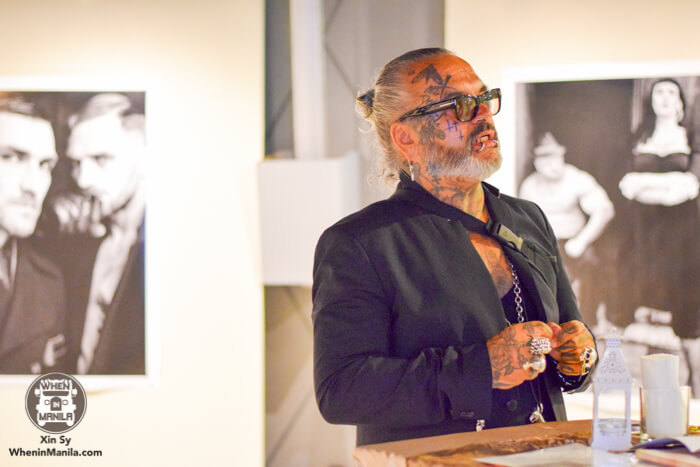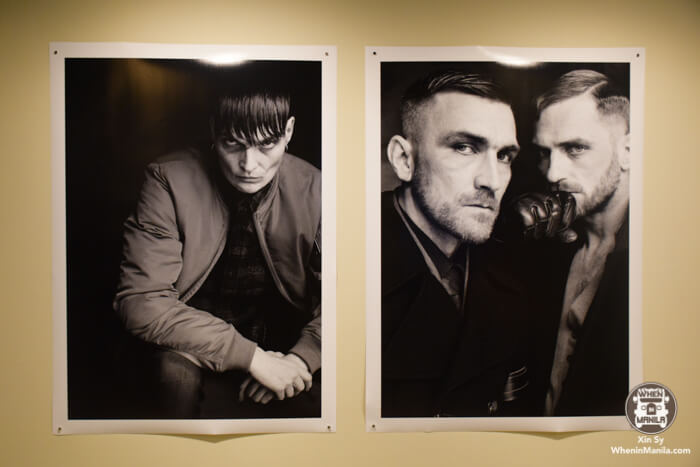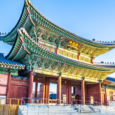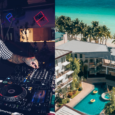Dubbed by the media globally as Germany’s toughest nightclub bouncer, Sven Marquardt decides about anxious club-goers’ fates at the door of the famous Berlin club Berghain. Based on his reputation, one would expect Marquardt to be a scary character of frightening statue. It may come to a surprise then that the man behind the public image emanates serenity and humility. Sven Marquardt turns out to be incredibly personable and warm, seemingly unaware–or quite possibly simply indifferent–to the global phenomenon his persona has become. A devout vegetarian, he is, as we learn, refreshingly down-to-earth. The renowned professional photographer nearly exclusively uses public transportation in his native Berlin, and when asked about his night job, is quick to reference his team and point out that manning the door at Berghain is ‘not a solo show’.
After a collective artist exhibition at Pineapple Lab last year, the German photographer returned to Manila and launched his first solo photo exhibition in the country on June 29 at the Yuchengco Museum. ‘Future’s Past’ is a collection of mainly black and white portraits from the past 30 years. In an exclusive interview with When in Manila, he chatted to us about his photography, his appreciation for Asia, upbringing, career, Berlin, wanderlust, and why it annoys him that his name is always associated with that famous night club in Germany’s capital.
RELATED: Sven Marquardt’s ‘Futures Past’ Photo Exhibit Deserves Your Attention
Mr. Marquardt, this is your second visit to the Philippines and you only have one week in the country. Will you be able to explore the Philippines a bit outside Manila, perhaps see the beaches and islands?
On our visit to the Philippines last year we went to the volcano island (Tagaytay). Despite heavy monsoon rains and being completely soaked we were able to see the beautiful mountain landscape, which was a fantastic experience. Tomorrow we will explore another island off of Manila, Corregidor Island. Landscape- and island-wise I would have liked to see more but I hope I get a chance to do that on a personal trip to the Philippines someday in the future.
What is your impression of Manila so far?
When we drove the long road from Makati to the ocean yesterday, my assistant Hardy noticed that the closer you get to the sea, the more visual changes happen, ranging from people living in wealth in Makati to those in poverty in other parts of the city. I found that very interesting and believe this long road mirrors at least a bit of Manila. However, I find the traffic in Manila tiring. For a trip of 10 km it once took us 2.5 hours because of traffic. But the openness and friendliness of the people here is really pleasant and the culture is very unique.
You rather coincidentally discovered photography and it wasn’t actually your passion. What instead had you dreamed of one day becoming when you were still a child? Did you have a dream?
I didn’t really have a dream as a child.
Which is why during my teenage years it was difficult for me to decide which professional route to pursue. Photography then, as you already mentioned, rather coincidentally became an art form and an expression of my attitude towards life. I think it has remained like that until today. My first deliberate photos were taken in 1982. It has been over 30 years since then, which seems like a long time to me now. But what has remained during all this time is that the camera captures my attitude towards life and that of my surrounding.
Your father was a highway engineer and your mother a medical technician. Your brother is a DJ and you are a photographer. Did your parents support your brother’s and your artistic careers?
Well, parents are always skeptical, most especially when children want to explore artistic careers, which may give them the impression that their children cannot sustain themselves financially. I think it was like that in my case for a long time as well. But my parents always supported me and I think that my mother is in some way a little bit proud of what has happened with my photos, that through my work I am able to travel the world and be in places like Manila today. Yes, I think she is proud.
Why do you mostly photograph in black and white?
It is an old East Berlin way that was taught to us photography students back in the day by our instructors. Of course black and white photography also has a melancholy and honesty to it and it is a bit easier to express a certain drama than with color film. Black and white photography is also my passion.
Are there other art forms that you would still like to explore?
Yes, I find moving pictures exciting! But I lack the technical know-how and would need some training in that area. I think it’s always possible to still do that at some point in life though.
Would you also be interested in acting?
Oh no, I am not an actor. I sometimes get offers to play the tough, stone-faced bouncer for a movie but as a matter of principle I always decline these offers: they are simply too cliché for me! You know, I am just Marquardt and I don’t want any other role. I prefer to be behind the camera. But I would definitely be interested in moving pictures as a cameraman. Perhaps an opportunity in that field will open up to me in the future? Who knows?
How often do you work at Berghain?
I now work less at Berghain than before, which I’m sure some people are happy about {laughs}. Two years ago I began being more involved with photography and started teaching at the Ostkreuzschule (a photography school in Berlin) as an instructor. I teach there once a month and introduce students to conceptual photography. Due to that I now only work three weekends per month at Berghain.
You man the door at Berghain and don’t party inside yourself. What do you like about the job?
I like my colleagues. Hardy, my assistant, is also one of the doormen. The work and my colleagues give me something very grounded. And it still serves as inspiration to me. This is probably the third generation of party people I get to witness. There are so many fantastic new people out there, young and international.
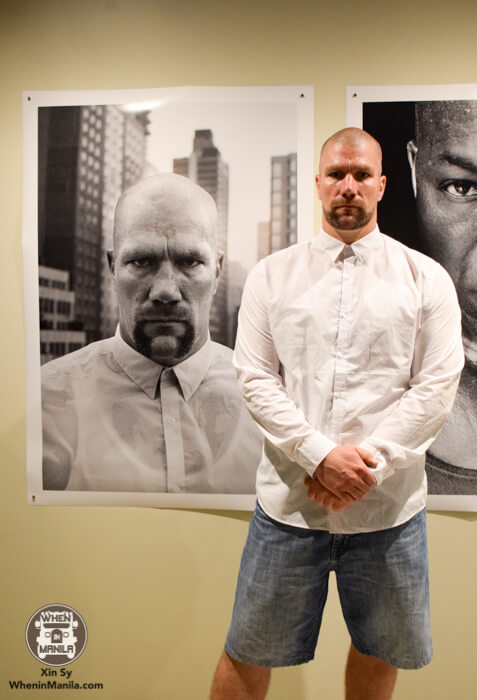
Do you sometimes meet people at the door?
No, I keep my distance and keep it professional.
You are always being asked what it takes to get into Berghain. I read that this is subjective to you. Is it true though that you shouldn’t be too glamorous, in large groups etc.? Are all the ‘How to get into Berghain’ instructions on the Internet correct?
{Laughs} You know, I prefer not to talk too much about this. I think it is important to always be yourself and everything else that is written online is simply too much talk. Perhaps that will end someday but I don’t really want to express anything about that, not to make it more mysterious than it is but I think it simply isn’t important because in the end it only concerns whoever is standing at the front of the line.
Do you find it amusing though that there is so much speculation about ‘How to get into Berghain’? and ‘How to pass THE bouncer’?
Well, it isn’t really a solo show, there’s a whole team behind it and there are many shifts that I don’t work at the club. But yes, we do smile about the speculations sometimes.
–

